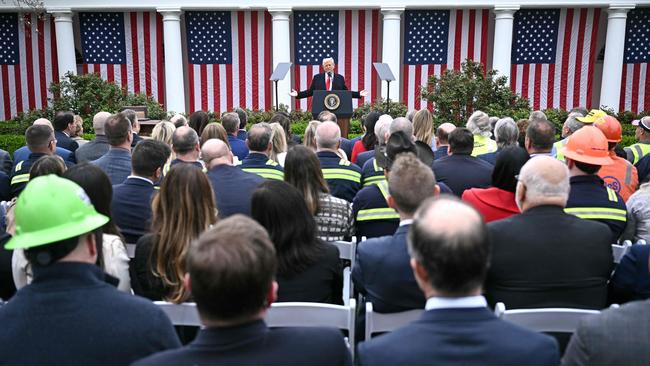
Southeast Asian countries were reeling on Thursday from massive import tariffs imposed by the Trump administration that economists have warned will slow the economies of Australia’s nearest neighbours and impact on the region’s ongoing project to pull millions of its most vulnerable citizens out of poverty.
The Association of Southeast Asian Nations emerged as the biggest loser from Donald Trump’s ‘Liberation Day’ tariffs with manufacturing powerhouses Vietnam and Thailand, and garment producer Cambodia clobbered by massive US import taxes of 46 per cent, 36 per cent and 49 per cent respectively – far higher than new import taxes announced for India or China.
Indonesia will now pay 32 per cent tax on $28bn worth of palm oil, leather footwear, electrical machinery and textile imports into US – another blow to Southeast Asia’s biggest economy as it contends with a tanking rupiah and declining investor confidence over its government’s big-spending agenda.
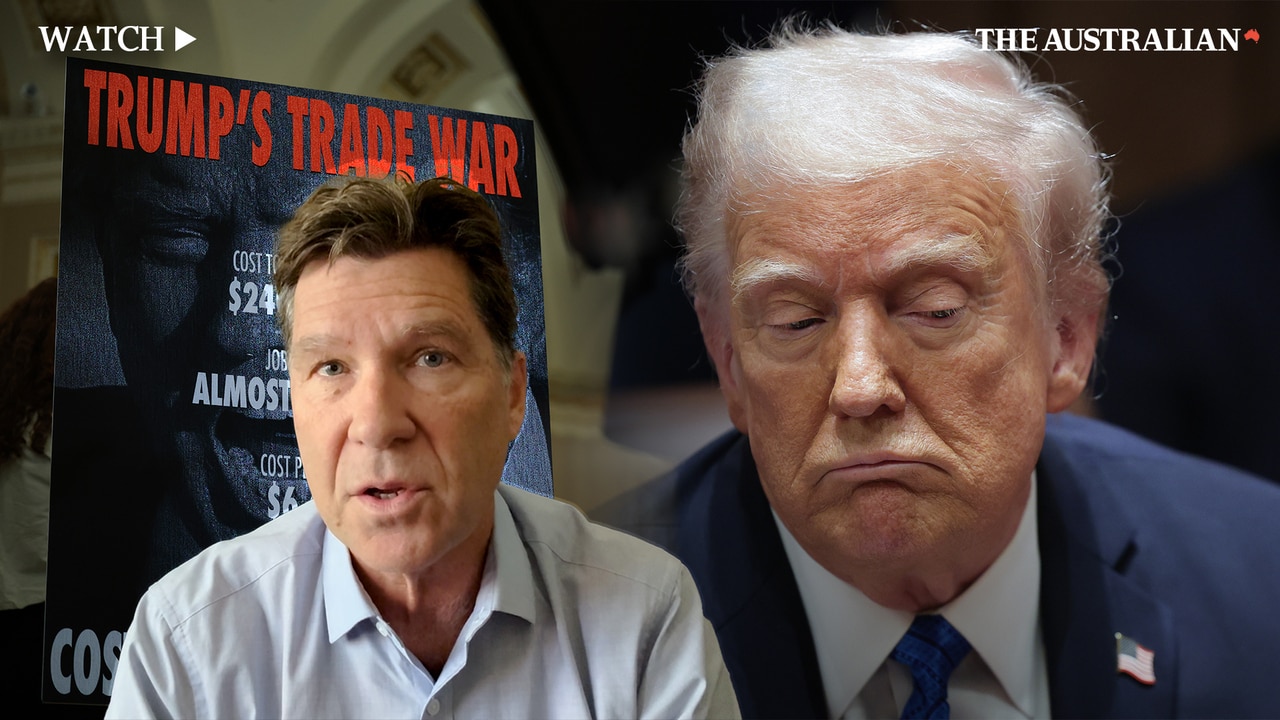
Myanmar, currently contending with the worst earthquake in almost a century and an ongoing civil conflict that has decimated its economy, will be slogged 44 per cent, while Laos will pay 48 per cent.
The two countries, among Asia’s most impoverished, send goods worth a combined $US1.7bn into the US market annually.
Malaysian palm oil and its burgeoning electric vehicle market will also be hit with 24 per cent imposts while even The Philippines, a close US defence treaty partner and ally, faces tariff hikes of 17 per cent.
Only Singapore – the world’s most trade-exposed nation with only a small trade deficit with the US – was spared additional tariffs above the blanket 10 per cent to be imposed on all US imports.
The tariffs will cut deepest in Malaysia, Vietnam, Cambodia and in Thailand, which counts the US as its biggest export market, accounting for just over 18 per cent of total exports valued at about $US55 billion in 2024.
Vietnam was always going to cop it as Asia’s main beneficiary of recent US-China trade tensions.
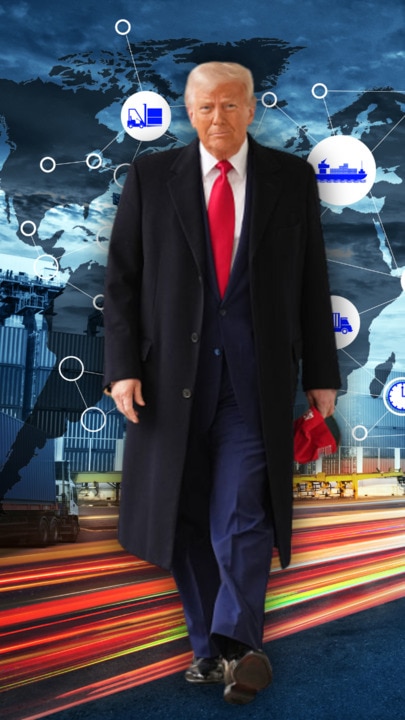
In recent years retailers and brands have moved production of everything from sneakers, to couches and toys out of China and into the southeast Asian nation to get around US trade punishment of China, in the process compounding Hanoi’s trade surplus with Washington.
Imports from Vietnam grew to $136.6 billion in 2024, up about 19 per cent from 2023, according to the Office of the US Trade Representative.
But if the new imposts are certain to hurt the Vietnamese economy they will also bite US consumers given global brands such as Nike, Adidas, Hoka, Lululemon and toymakers Hasbro and Mattel all rely heavily on Vietnam’s manufacturing sector.
Doan Thi Thanh Ha, an economist with the Economic Research Institute of ASEAN and East Asia (ERIA), told The Australian trade-dependent ASEAN nations were “shell-shocked” by the magnitude of the United States’ trade punishment.
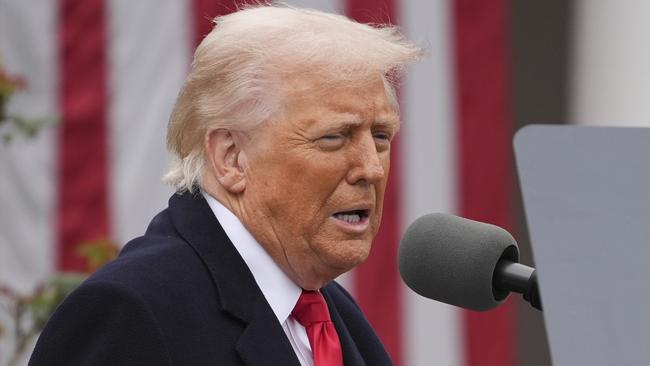
“It’s very challenging because there is not much room to restrict exports given how export dependent the region is,” Dr Doan said.
“Big economies like China, Canada and the EU have bargaining power but we don’t have anything to fight back with.”
ASEAN’s collective economy would take a painful hit, despite intra-ASEAN trade representing 25 per cent of all regional trade and the fact that China is the largest single trading partner (worth $US469bn) of all ASEAN nations.
ASEAN nations will also be affected by new US tariffs of 24 and 25 per cent on Asian manufacturing giants Japan and South Korea – which have close defence ties with Washington – as well as China and Taiwan, given the billions of dollars a year of components and parts it exports annually to those nations.
While India had feared swinging reciprocal taxes as a result of its trade surplus and astronomical tariffs on some US imports, it got off surprisingly lightly with a 26 per cent tariff that analysts expect will be subject to further rounds of negotiation as the two countries continue talks towards a free trade deal.
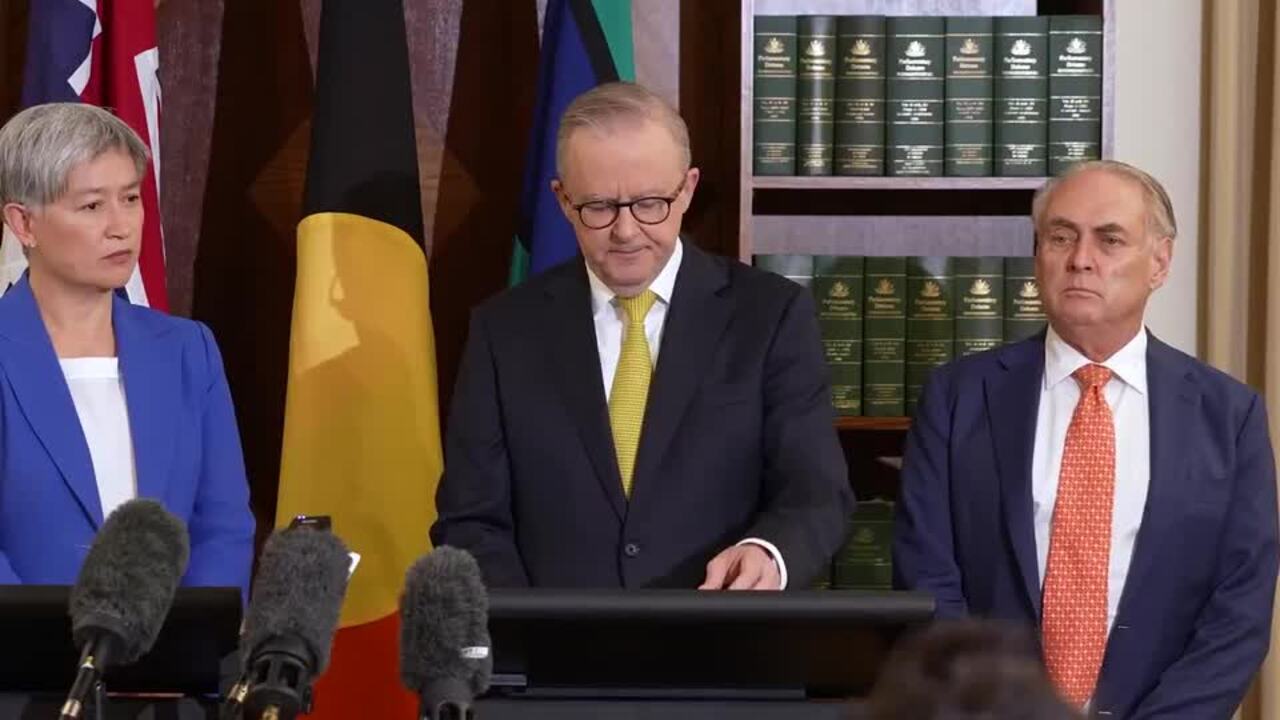
“India could be in a much worse space than it is,” Observer Research Foundation US director Dhruva Jaishankar told The Australian. “I imagine there were some frenzied negotiations in the last 48 hours and I think (New Delhi) will try to reduce that further.”
ANU Emeritus Professor of Southeast Asian Economics Hal Hill said ASEAN appeared to have been targeted not only for its trade surpluses but because it “has no importance at all in Trump’s world”.
ASEAN would need to stand together if it were to have any hope of challenging the tariffs which Professor Hill predicted would slow the region’s economic growth as a result of the significant secondary impacts of a trade slow down across East Asia.
But there would be worse to come if the US tries to force ASEAN nations to choose between trading only with them and not China by threatening even more punitive tariffs.
“ASEAN has always tried to avoid picking a side but if that is the next step – as some of the rhetoric coming out of Washington suggests – the impact would be really serious,” he said.
Vietnam has already begun working towards an easier deal, with Deputy Prime Minister Ho Duc Phoc expected to meet White House officials in Washington this weekend and executives from Vietnam Airlines and Vietjet Aviation with counterparts from Boeing and some US banks.
Last Monday Hanoi announced cuts in import duties on US cars, liquefied gas and agricultural products such as chicken legs, nuts and fruit.
But it wasn’t enough to prevent reciprocal measures far harsher than those imposed on China, which was slugged 34 per cent and India, which managed to keep its import tariffs down to 26 per cent.
“Vietnam, great negotiators, great people. They like me, I like them,” said Trump at Thursday’s press conference.
“The problem is they charge us 90 per cent. We are going to charge them 46 per cent tariff.”





